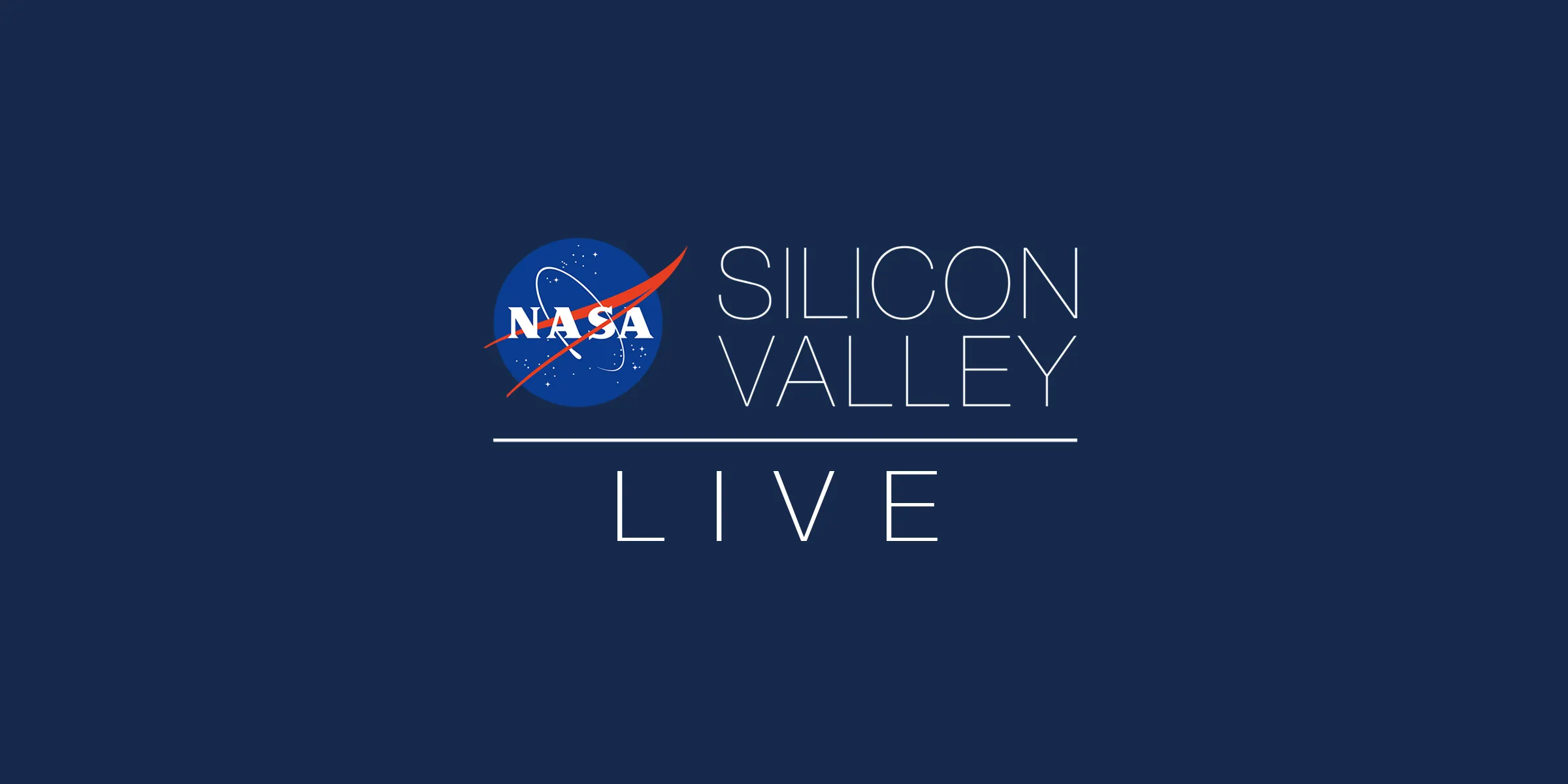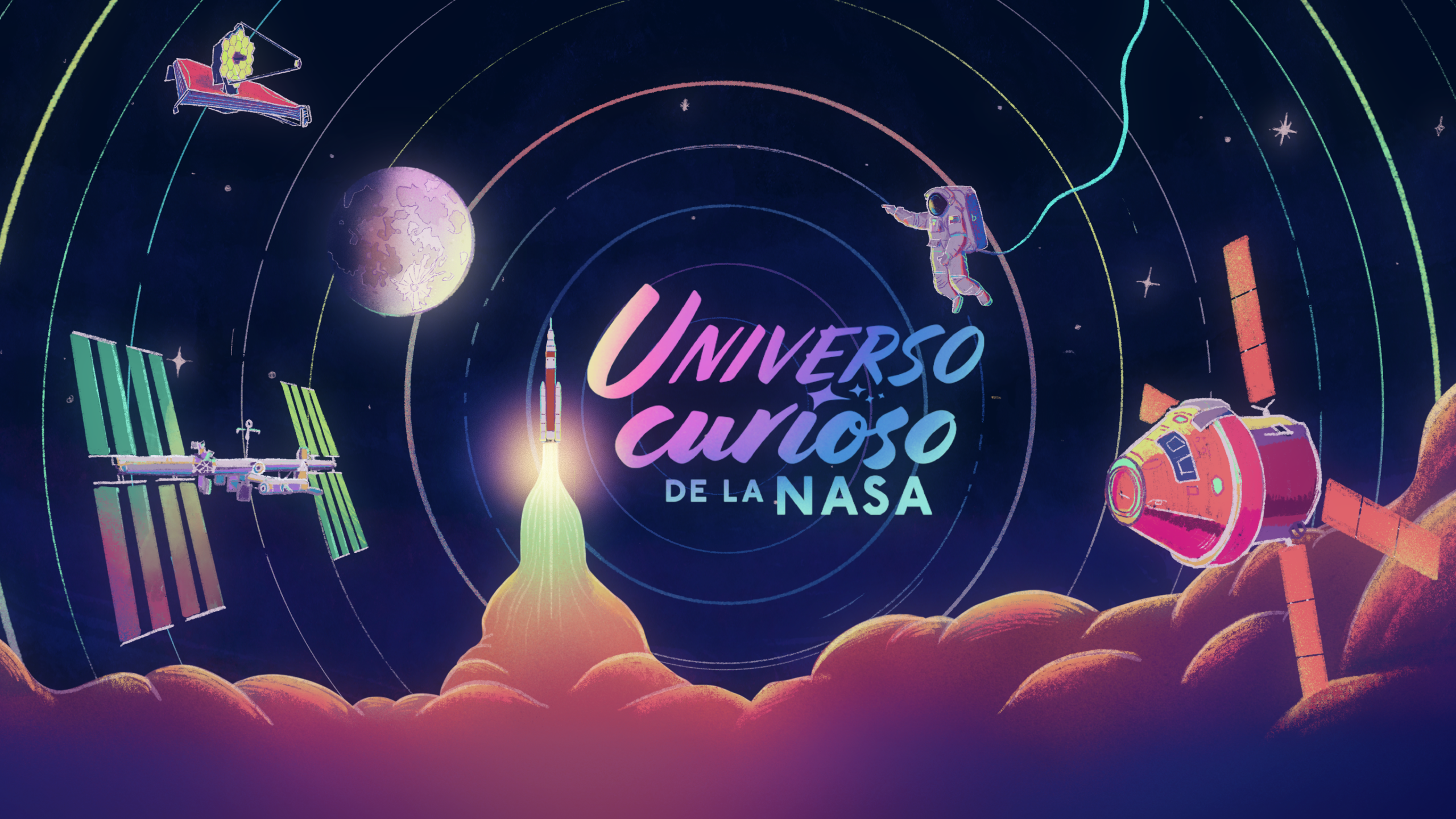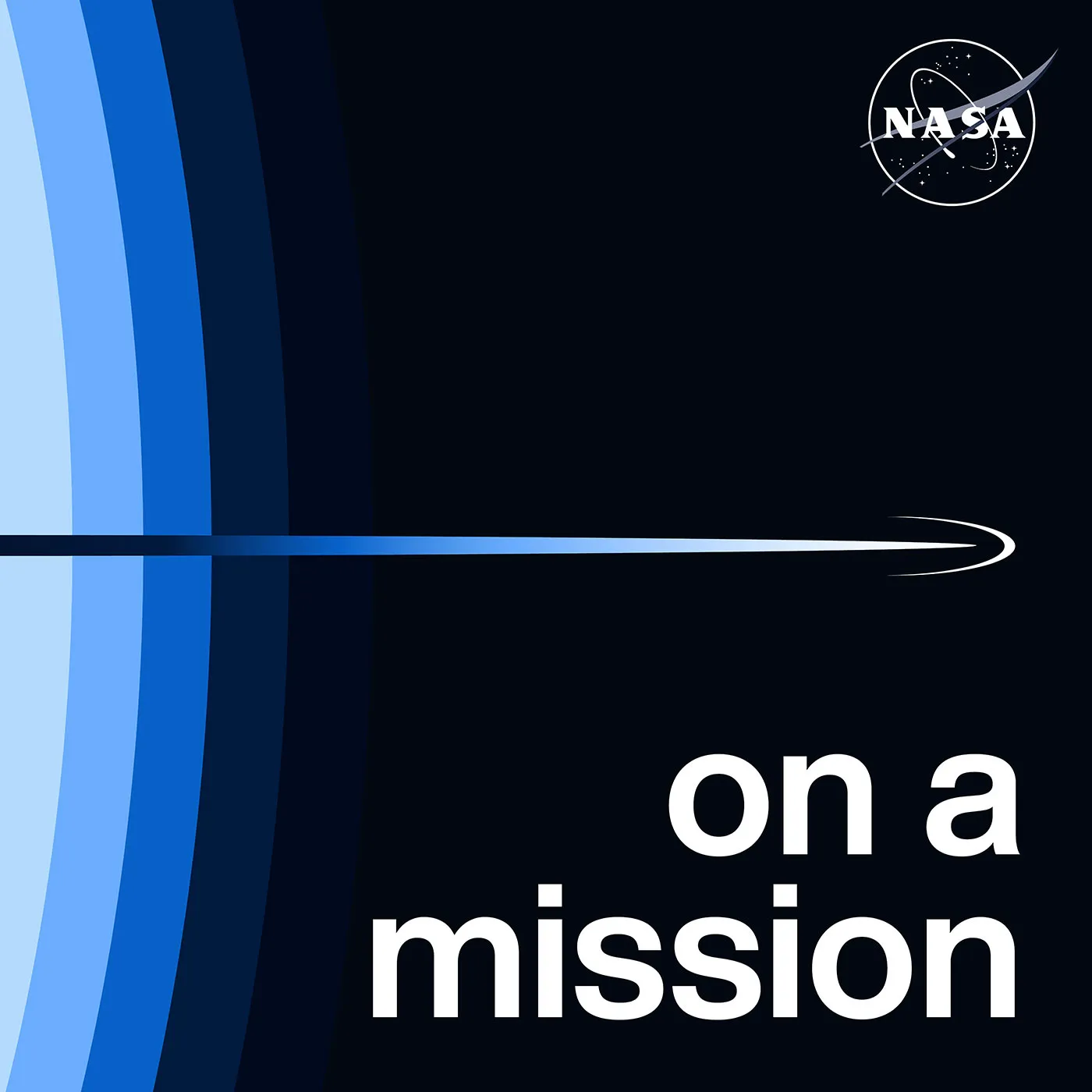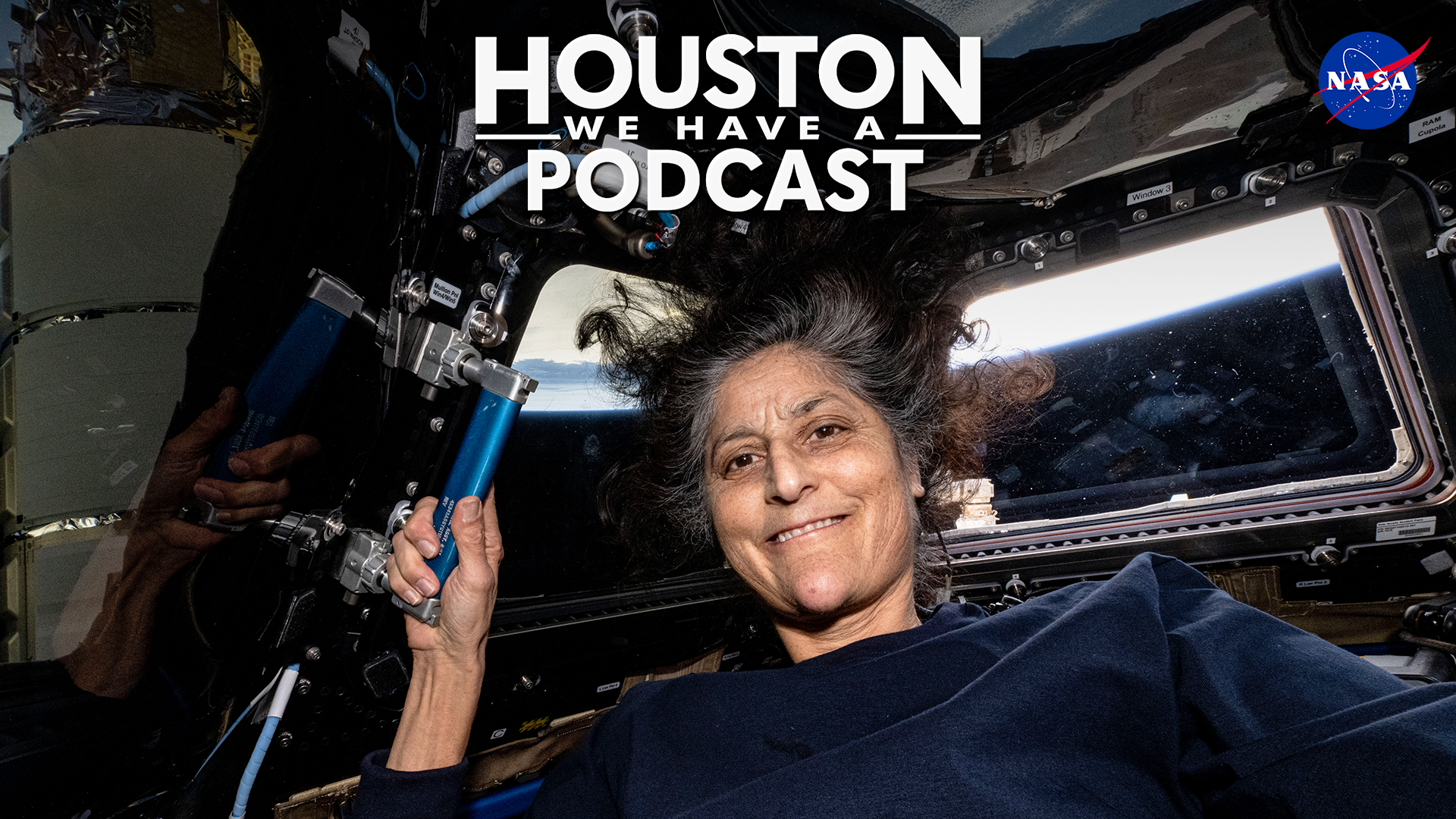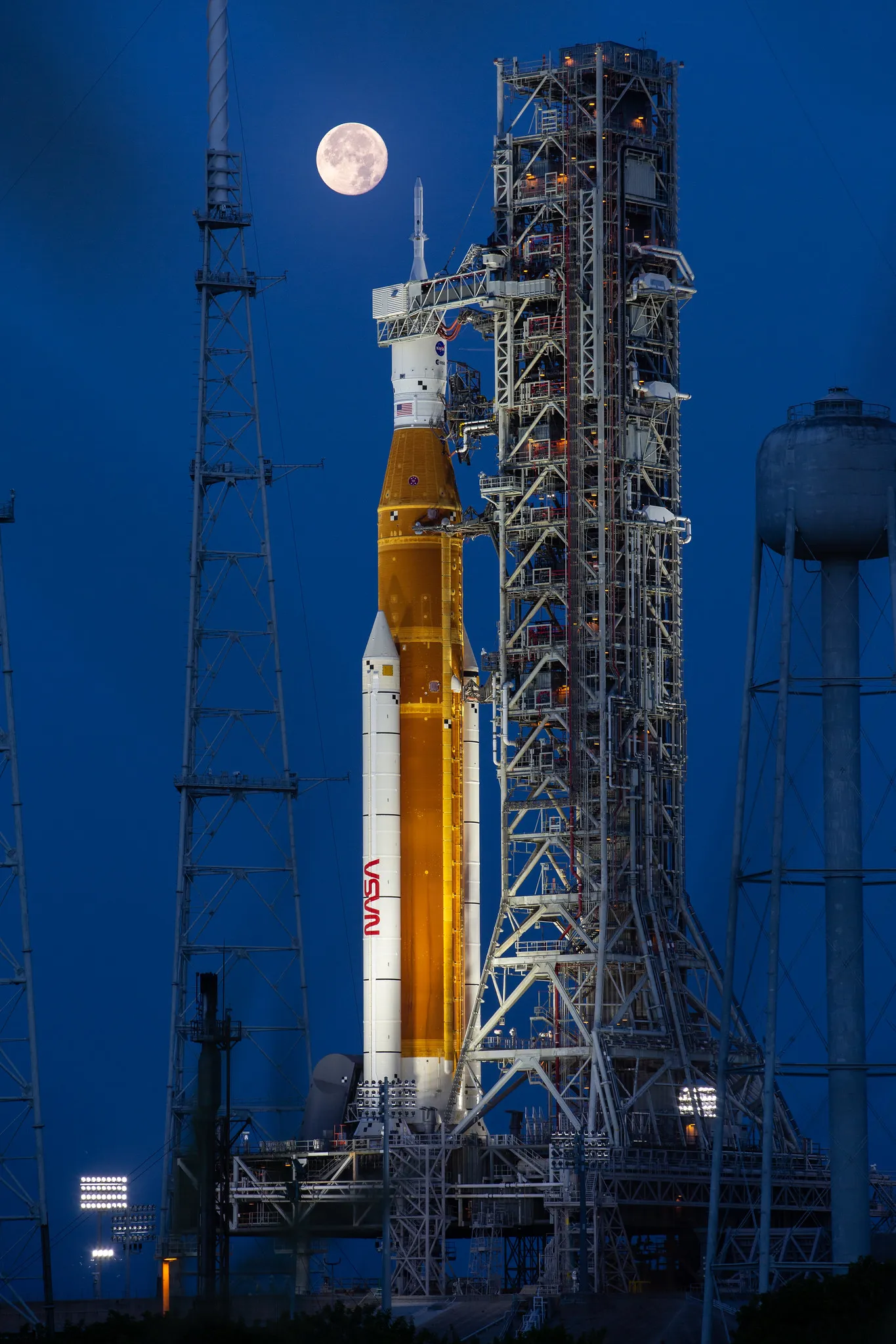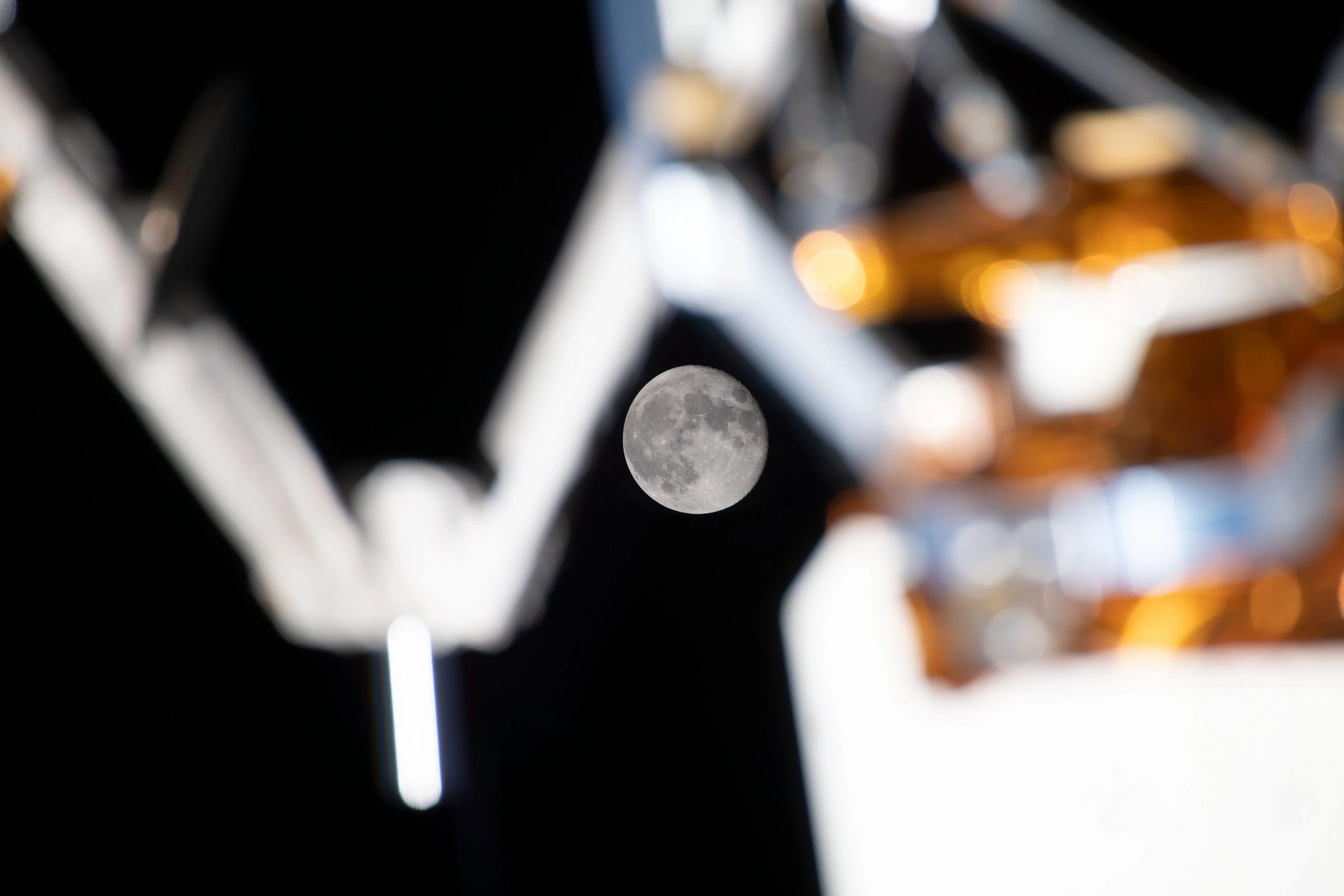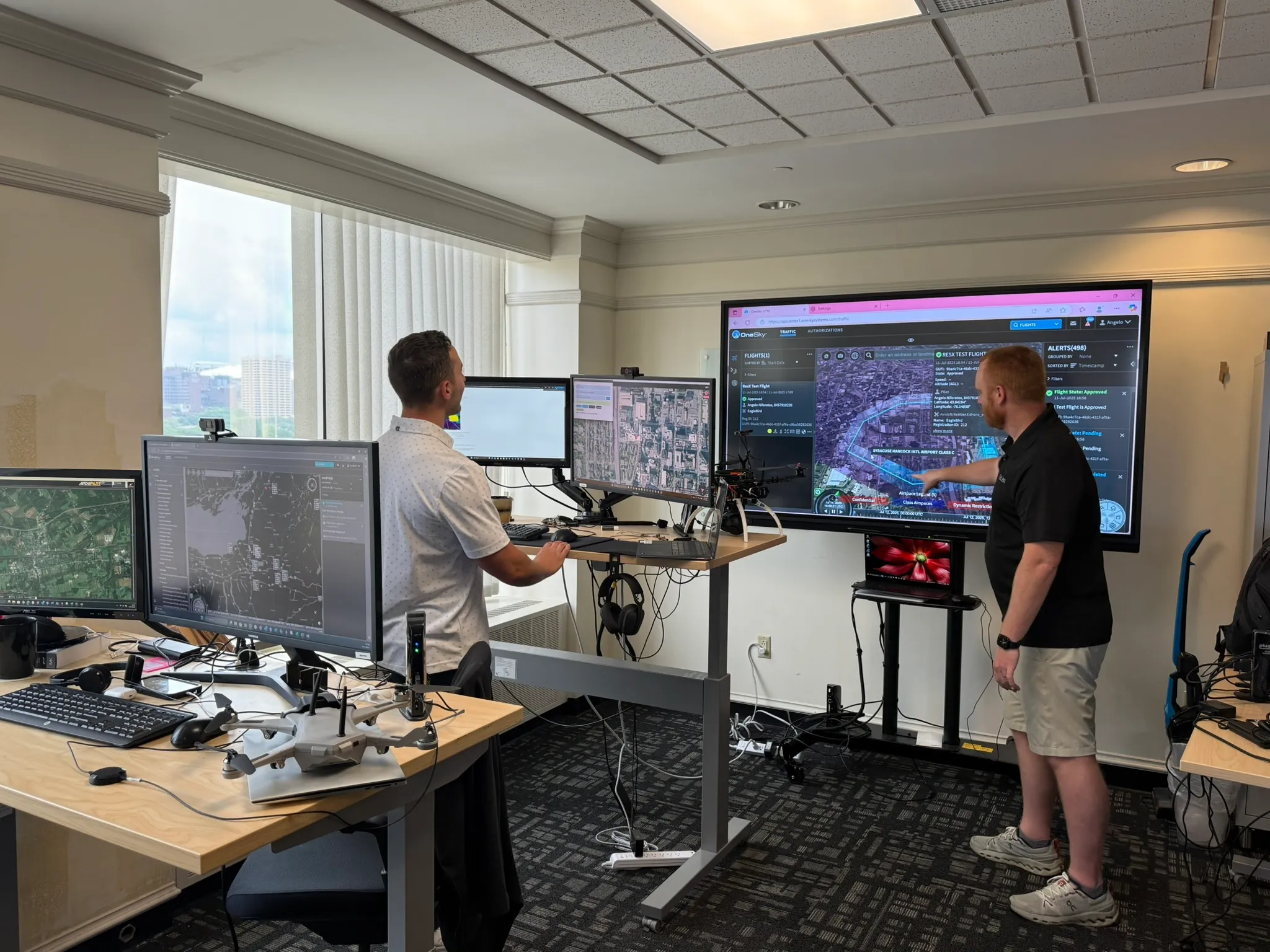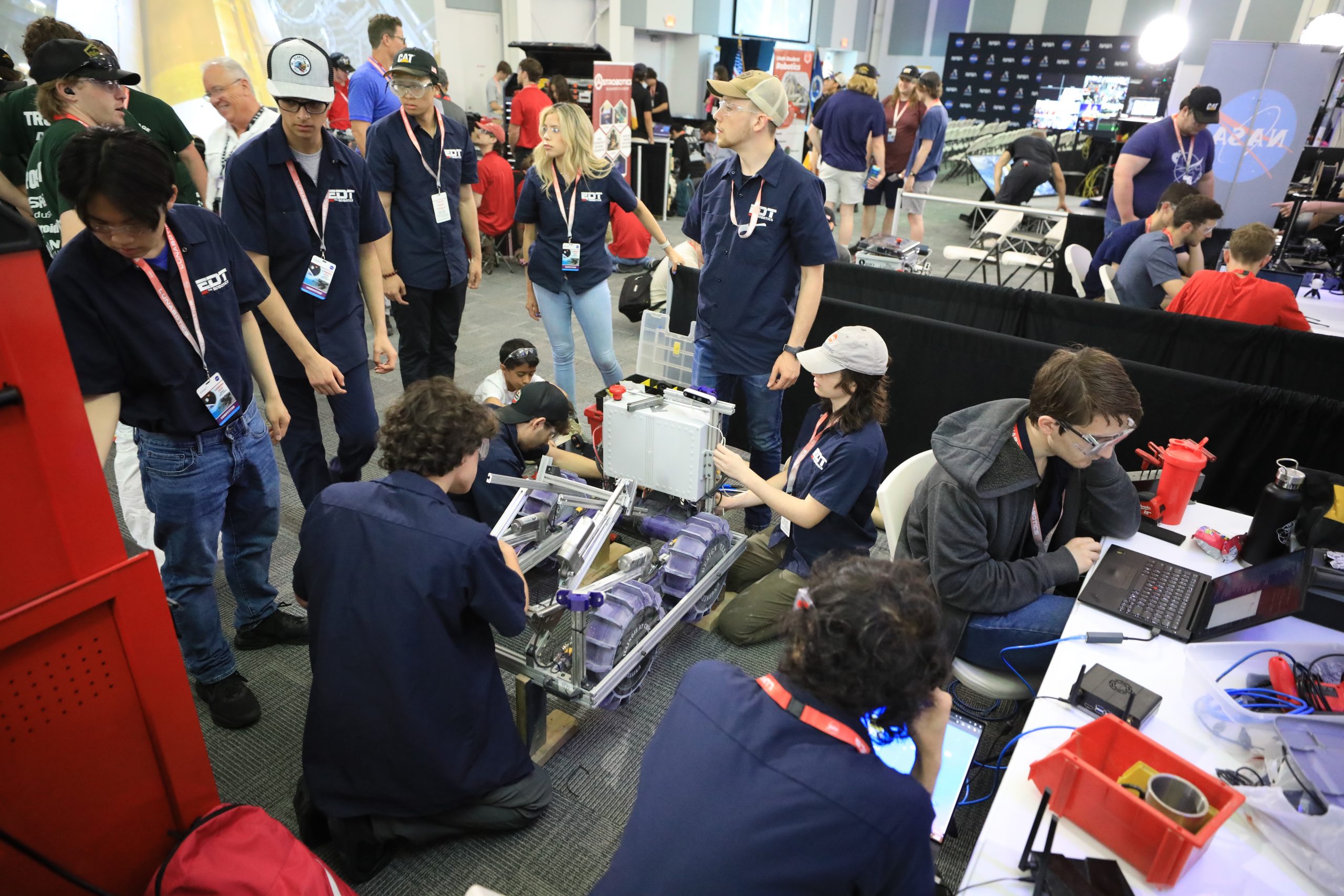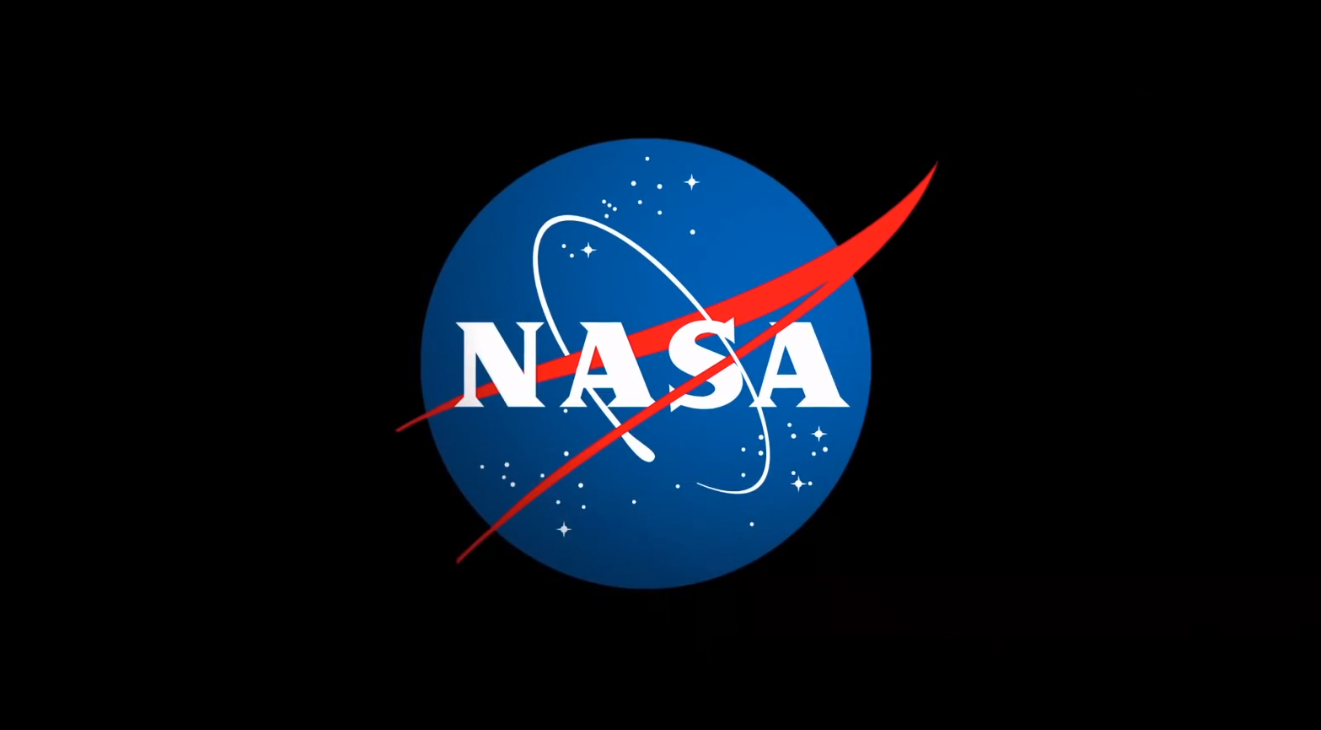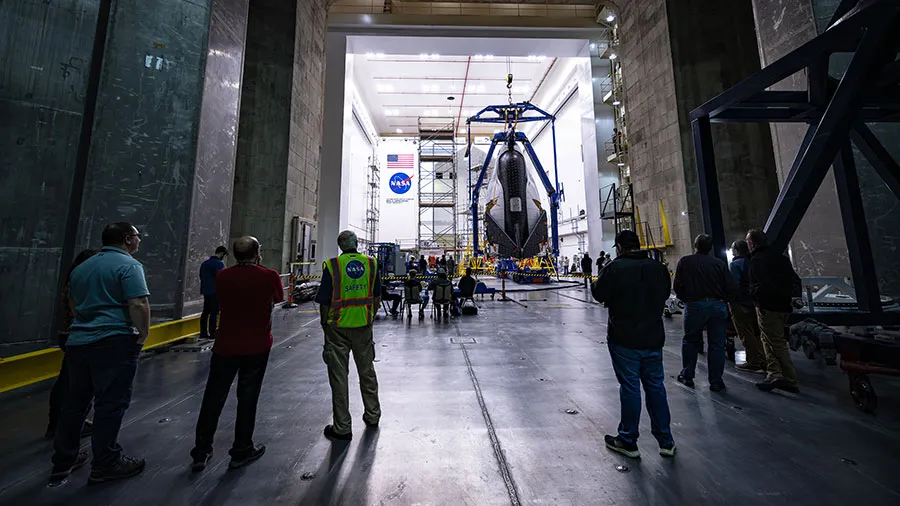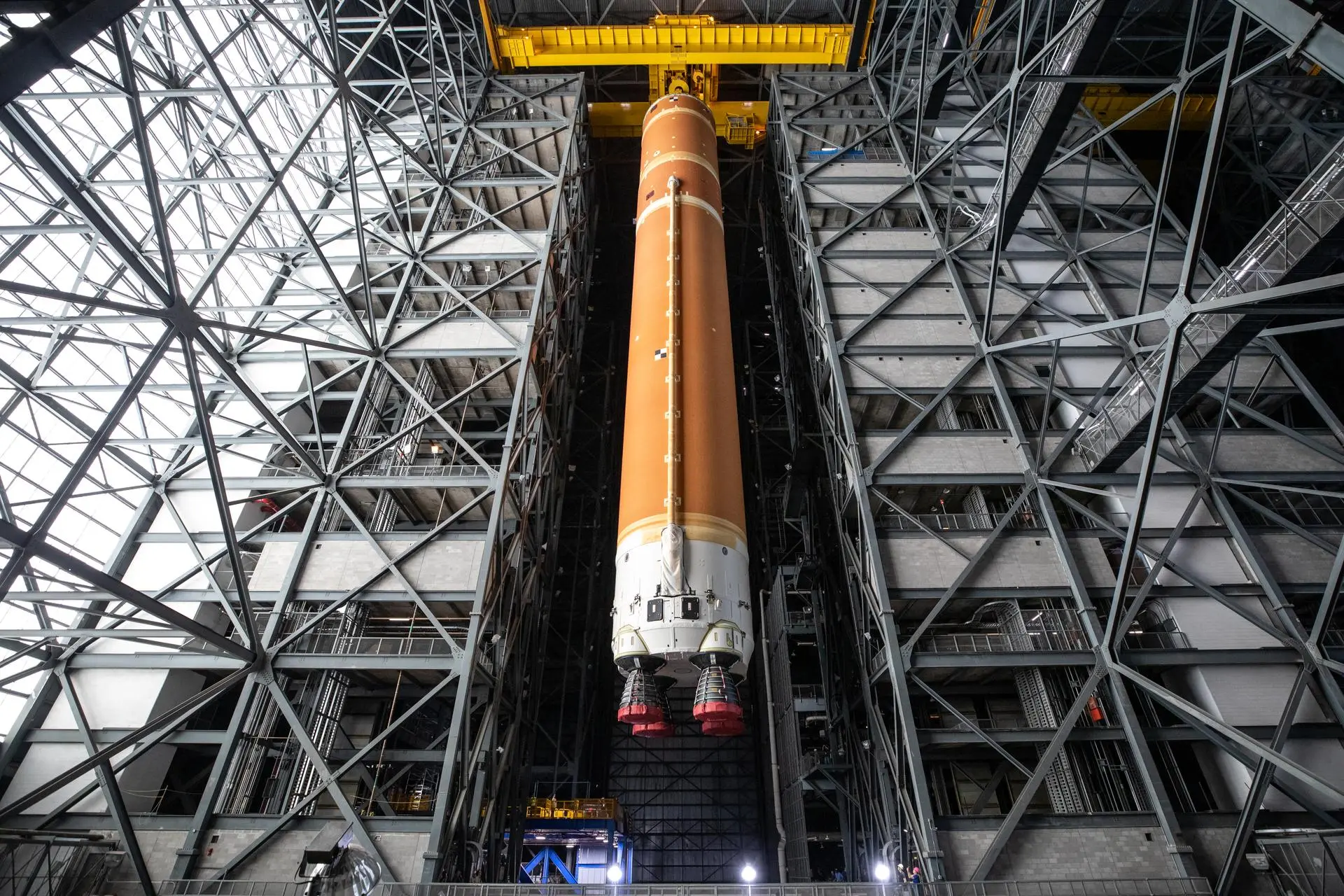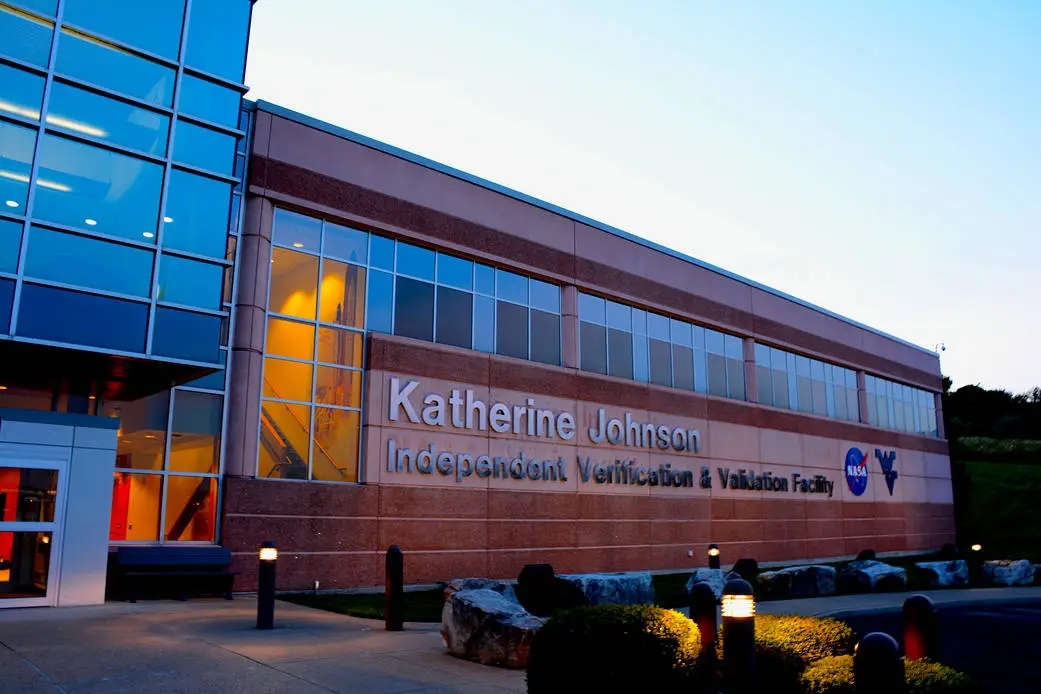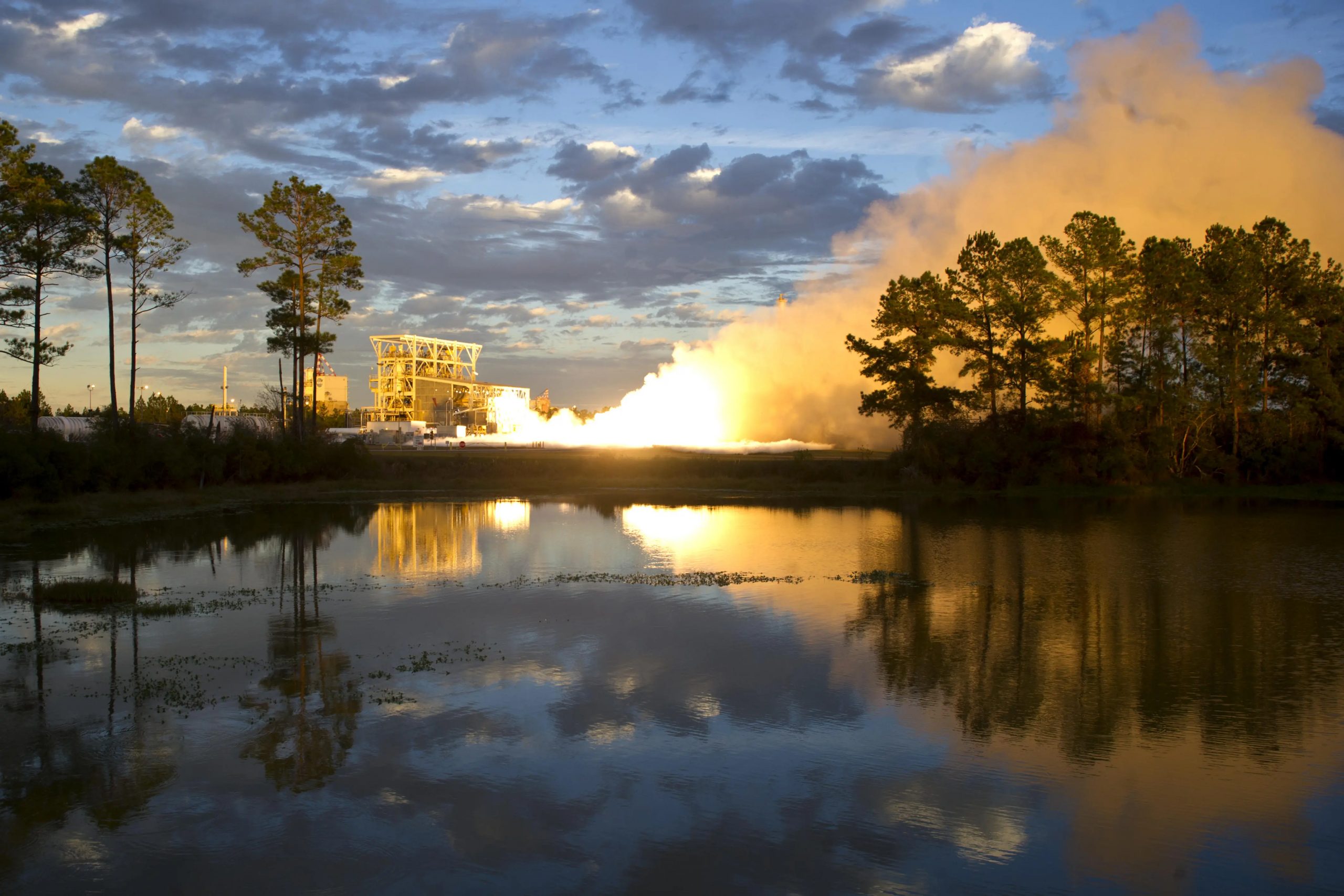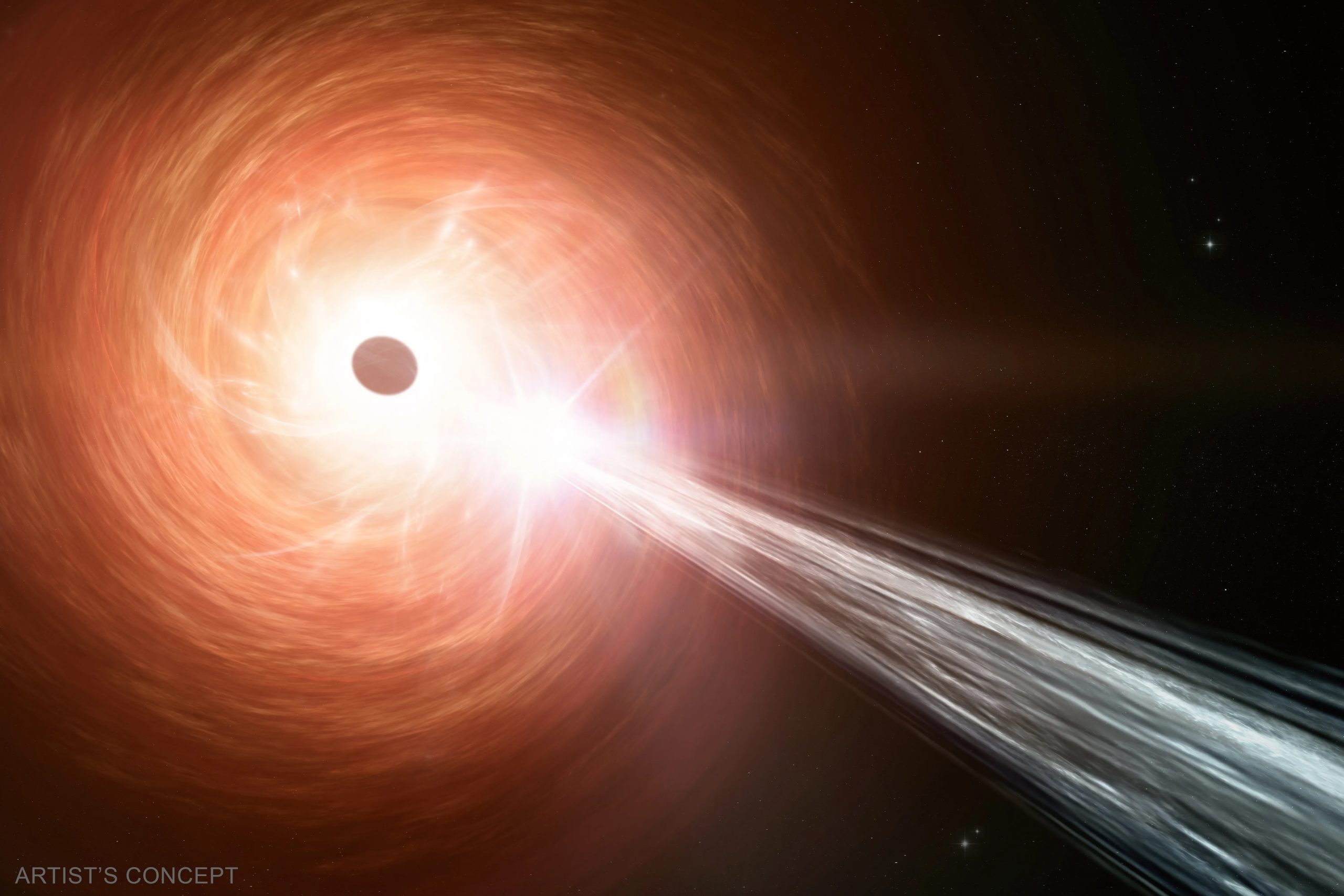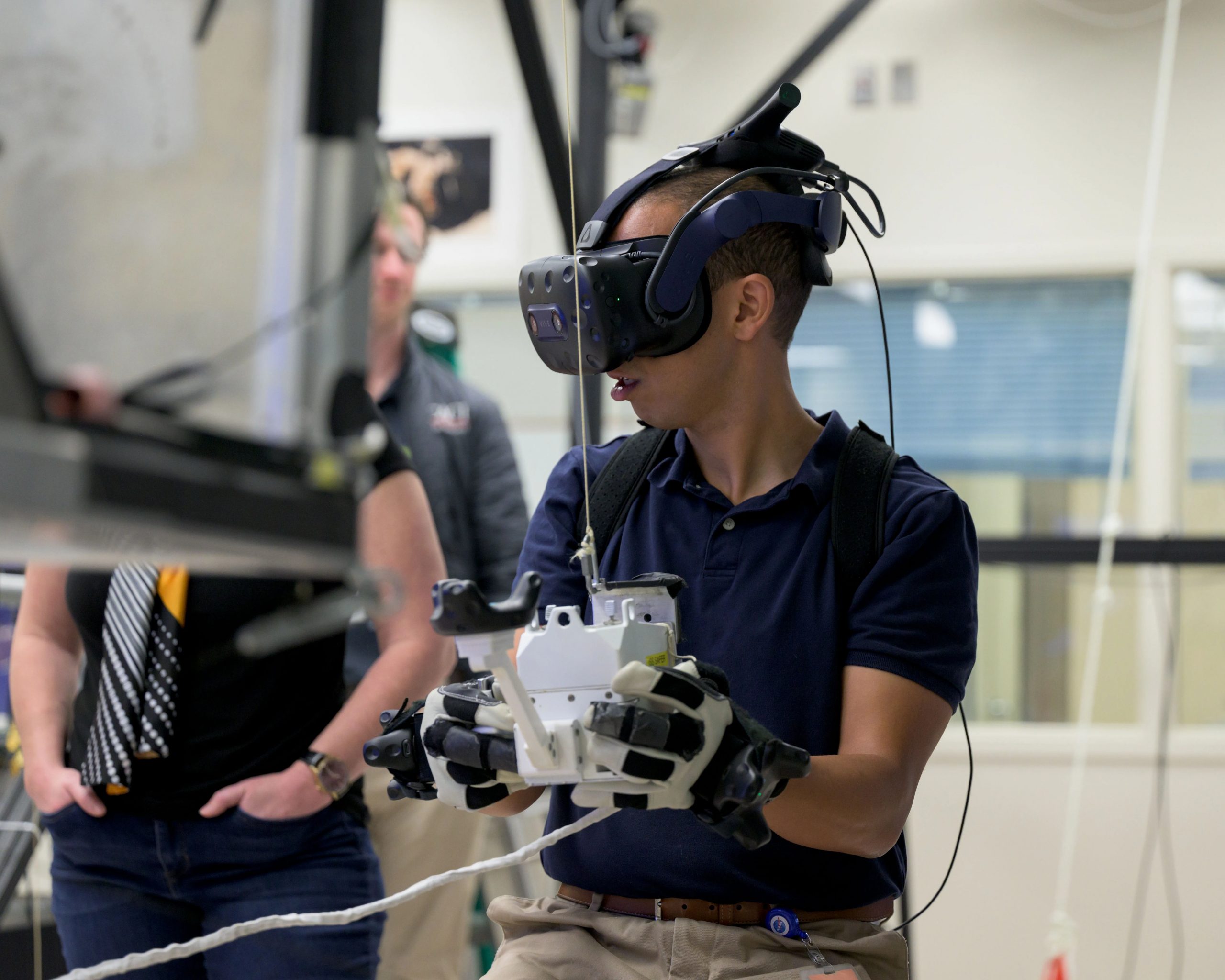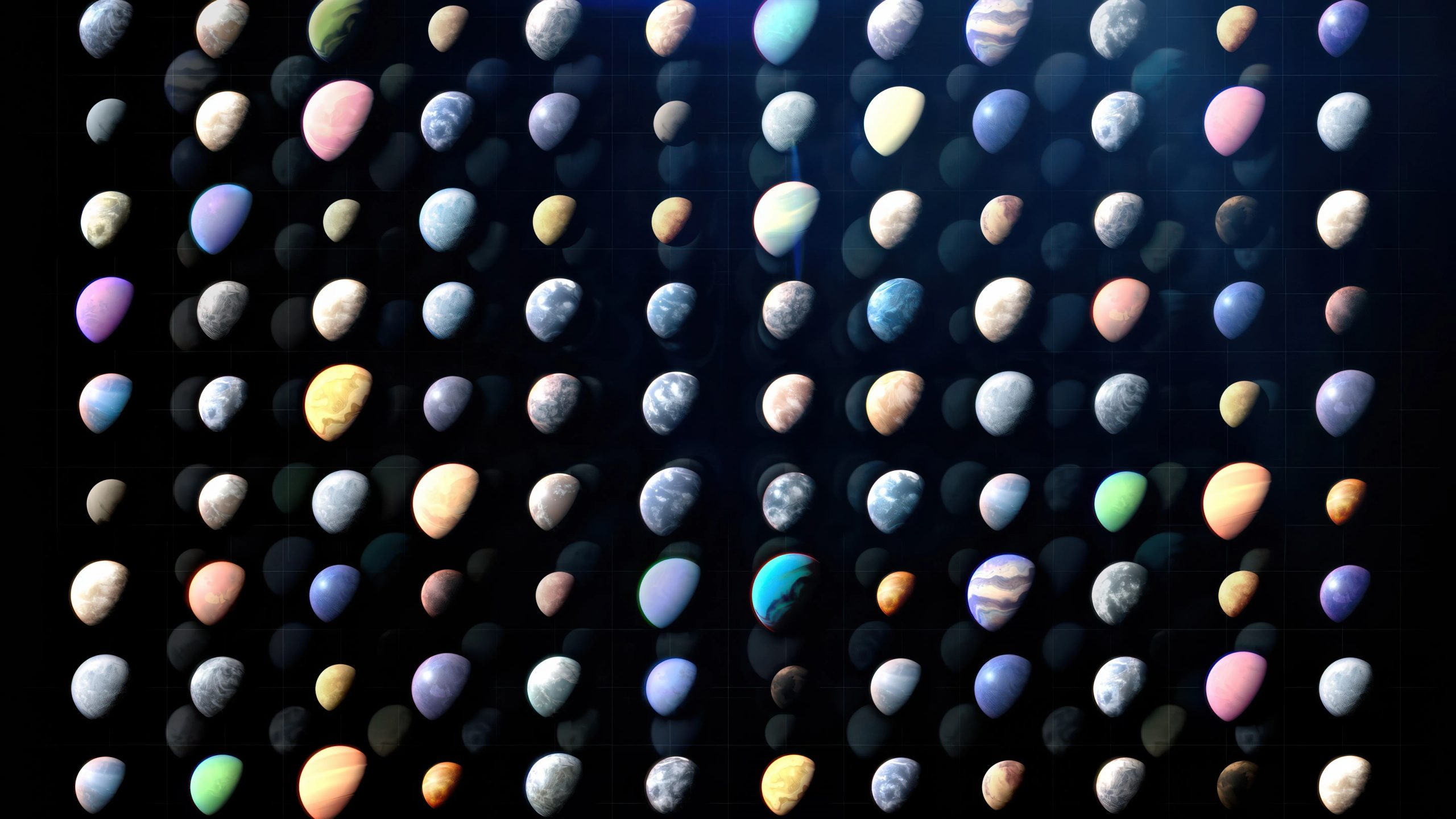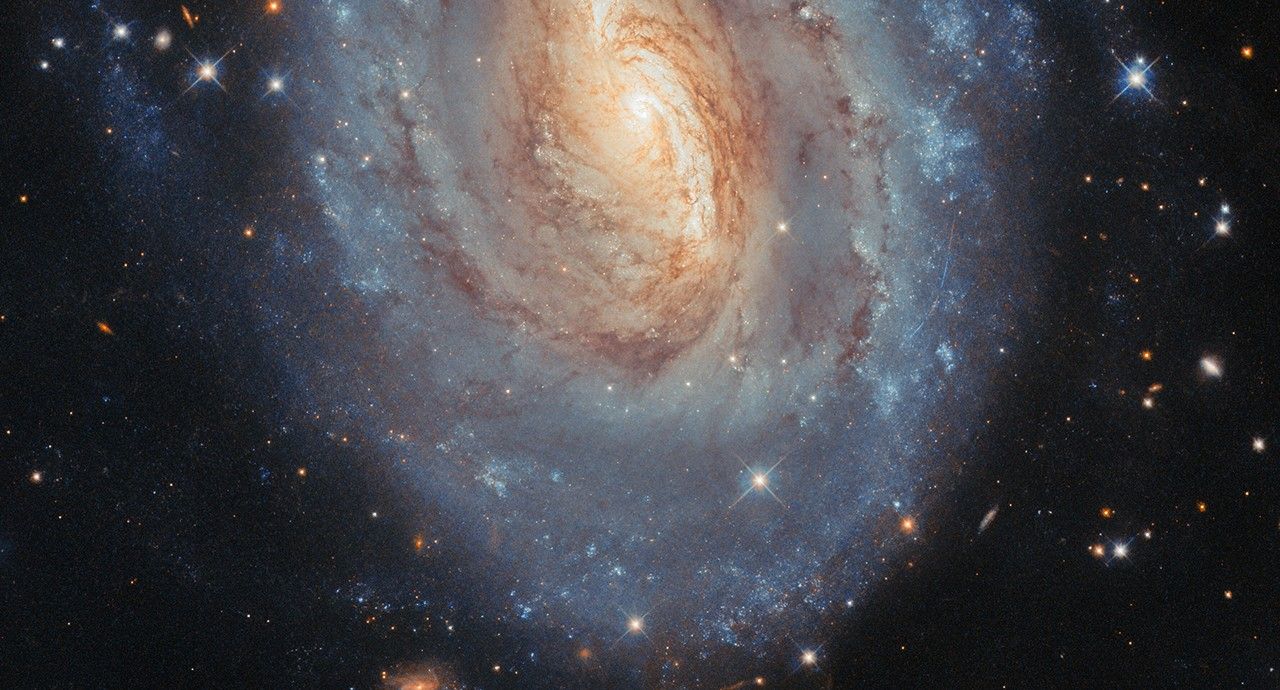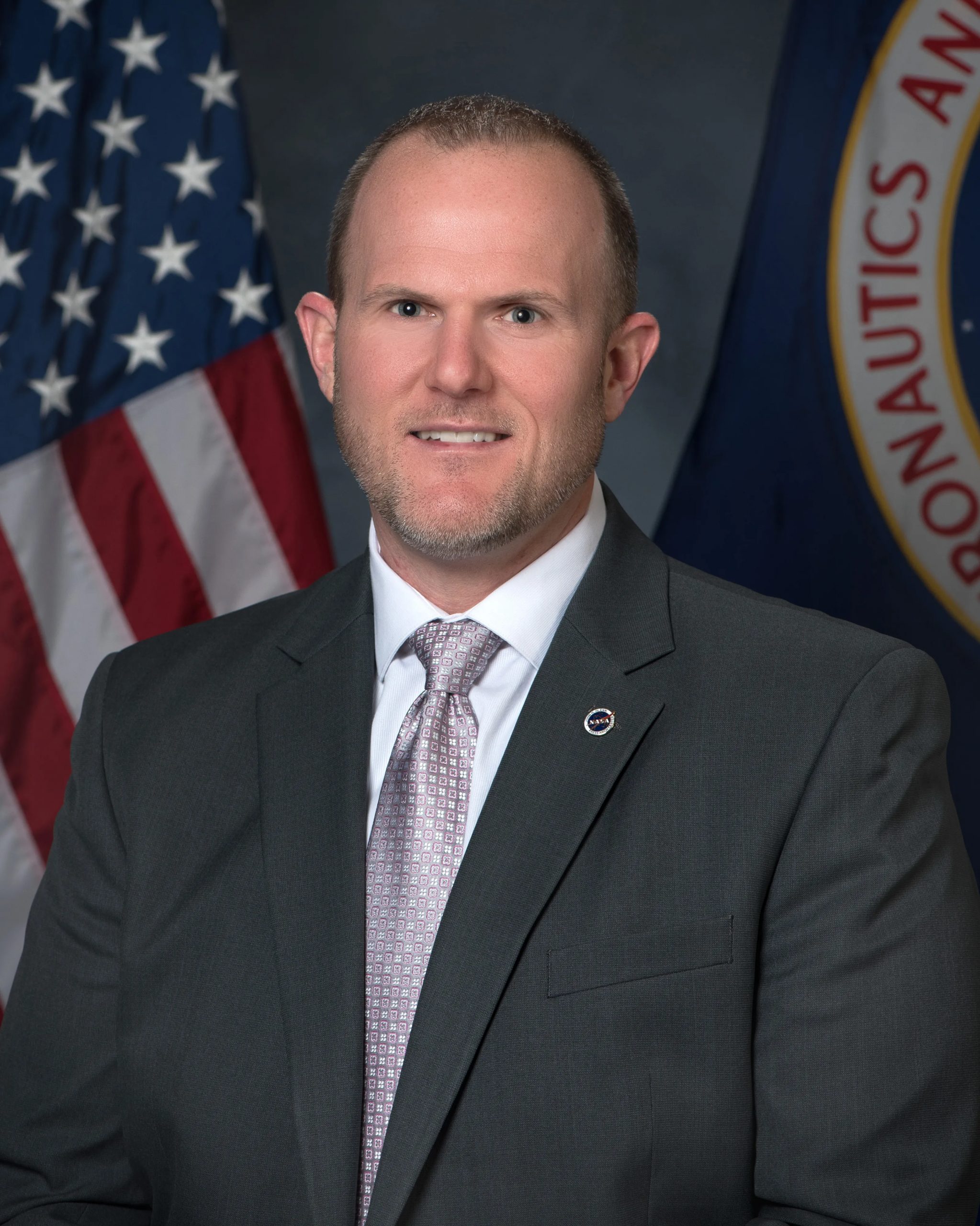25. DSN – Negotiators | NASA’s The Invisible Network Podcast
Audio collage begins. STEVE WALDHERR I’m the first point of contact for anybody wanting to use DSN… KRIS ANGKASA Ultimately, we ensure that the DSN requirements for a specific project or a specific mission are met. STEVE WALDHERR And the [facial] expression of the principal investigator, when they opened up the capsule was just worth it all: like a kid in a candy shop. KATHLEEN HARMON They’re the first spacecraft that humans have tracked that have actually left our solar system, gone into interstellar space, and – believe it or not – we can still talk to them. To…

